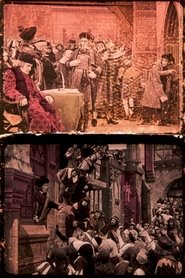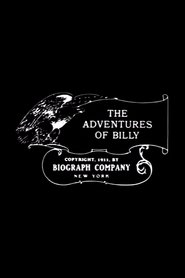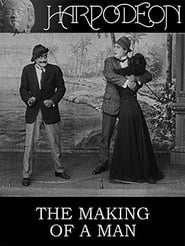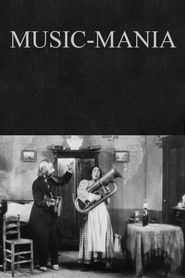kategori film tahun 1911
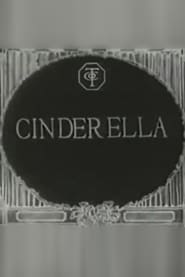
Cinderella 1911
Elaborately produced version of the well known George O. Nichols fairy tale interrupted by just a few summarizing intertitles, with Florence LaBadie and Harry Benham.
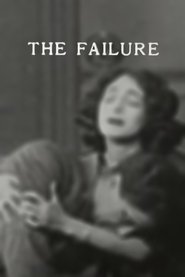
The Failure 1911
A man loses his business and his fiancée, and drifts into the saloons. There he meets a similarly-downtrodden young woman. She works behind the scenes to help him recover his life, and eventually he realizes how steadfast she is.
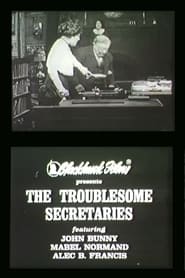
Troublesome Secretaries, or How Betty Outwitted Her Father 1911
This is basically a two practical-joke comedy. Bunny is a businessman father and Mabel plays Betty, his lovable daughter. The first practical joke is Betty getting her girlfriend to be daddy's secretary. The secretary sprays perfume on all his papers and tries to make out with him. The second practical joke has Betty getting her boyfriend to put on a wig and old man's outfit and apply for the job of daddy's secretary.
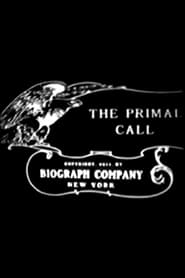
The Primal Call 1911
A young woman who is engaged to a millionaire she doesn't love meets and falls in love with a rough sailor.
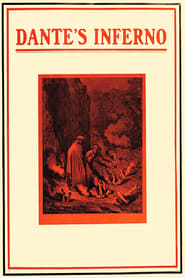
Dante's Inferno 1911
The classic tale of Dante's journey through hell, loosely adapted from the Divine Comedy and inspired by the illustrations of Gustav Doré. This historically important film stands as the first feature from Italy and the oldest fully-surviving feature in the world, and boasts beautiful sets and special effects that stand above other cinema of the era.
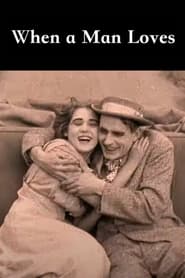
When a Man Loves 1911
Mr. Bach, a wealthy man, visits the scenes of his boyhood days in his auto and meets farmer Brown, his boyhood friend. Brown is the father of a very pretty daughter named Tessie. Bach becomes deeply smitten with the artless little country lass, and secretly hopes to win her. Tessie, however, has a host of admirers in the little village, the favored one being John Watson.
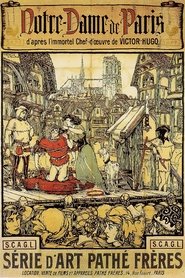
The Hunchback of Notre Dame 1911
Esmeralda, a beautiful gypsy street dancer, arouses the desire of men, especially of Claude Frollo, the archdeacon of Notre Dame. The latter asks Quasimodo, the deaf and deformed bell-ringer of the cathedral, to kidnap the girl. Quasimodo, who has been adopted by Frollo and obeys his every word, captures the gypsy but she is saved thanks to Phoebus, a handsome captain, and his archers. Arrested by Phoebus, the hunchback is condemned to be flogged at the pillory. When Esmeralada, moved to pity by his lot, gives him water to drink, Quasimodo falls in love with her. Later, Phoebus is stabbed to death and Esmeralda is wrongly accused of the murder. Sentenced to hang, she is saved by Quasimodo who offers her asylum and... the love of his heart.
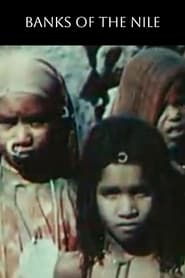
Banks of the Nile 1911
With a dual motion a cruise ship and a fishing boat pass one another on the Nile and butlers in turbans set up a wooden gangway. Thanks to a rope and pulley system cows climb skywards then disappear into the hold of the sailing vessel. On the bank, black-haired women rock back and forth, bursting out laughing and showing the first signs of going into a state of trance. Never-before filmed gestures and faces of the people of the Nile succeed one another, uprooted to an unknown, magical world. The Banks of the Nile is one of the first experiments of film in colour that uses the Kinemacolor process.
